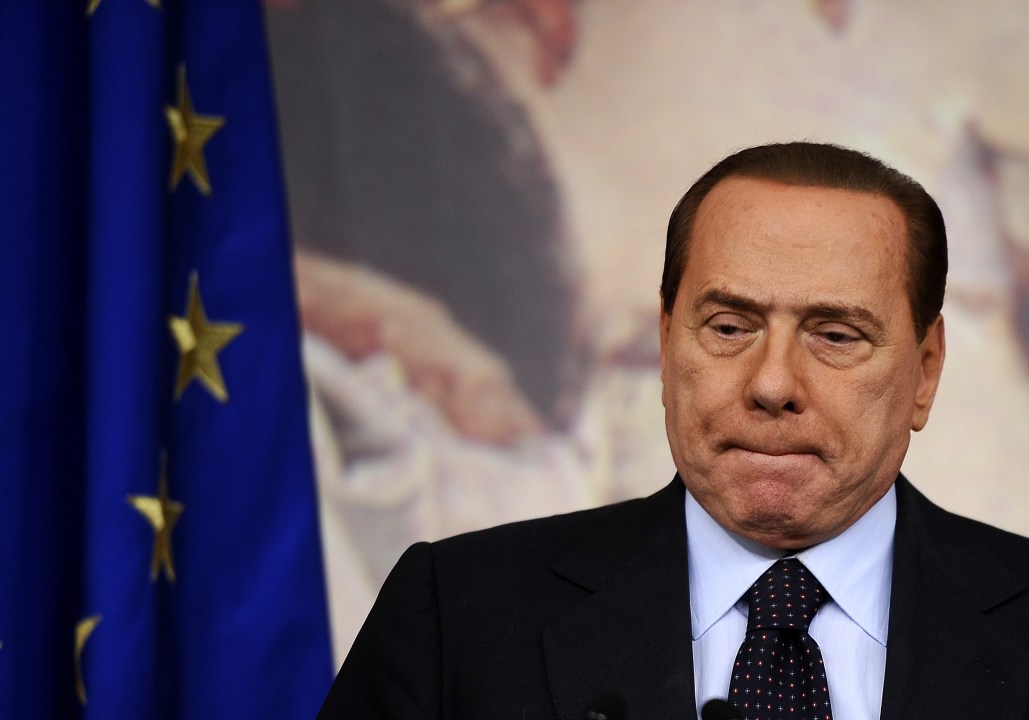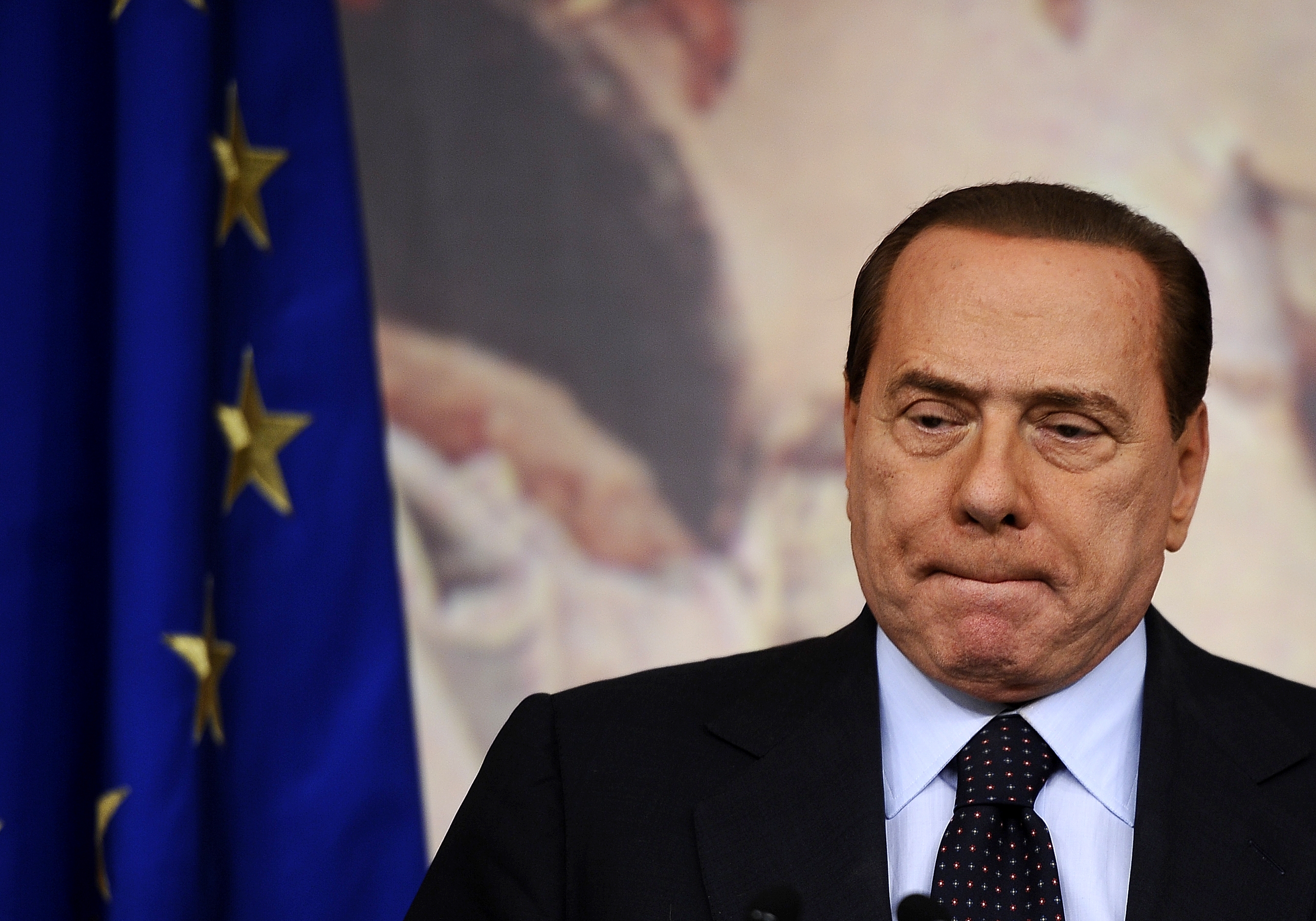 The markets, it seemed, wanted Berlusconi to go. Berlusconi duly announced his
resignation yesterday. And now what? The interest paid on Italian ten-year bonds has just hit 7 per
cent. The eurocrisis is hastening ever onwards, with our without the departing Italian PM.
The markets, it seemed, wanted Berlusconi to go. Berlusconi duly announced his
resignation yesterday. And now what? The interest paid on Italian ten-year bonds has just hit 7 per
cent. The eurocrisis is hastening ever onwards, with our without the departing Italian PM.
7 per cent, as you will be reminded frequently today, is the rate at which bailouts became necessary for Greece, Ireland and Portugal. It’s not certain whether it will mean the same for Italy — as Sky’s Ed Conway recently blogged, some analysts reckon they could cope with a rate of around 8 per cent — but it does suggest that investors are rapidly losing faith in the country’s creditworthiness. At the very least, there’s the prospect that another creditor will need to step in if Italy is keep up its debt payments and contain its swollen public finances. Beyond that, perhaps, default.
And that other creditor is, of course, the eurozone in general, via their EFSF bailout mechanism. Only there’s a problem: the EFSF doesn’t have enough cash. As Clarissa explained yesterday, the fund is struggling to raise the €1 trillion that was so fantastically presented as an accomplishment, rather than a target, at last month’s summit in Brussels. And, what’s more, €1 trillion may not be enough to keep Italy afloat anyway. If the eurozone is called upon, then they ought to start translating that infamous letter by Liam Byrne: “I’m afraid to tell you there’s no money left.”
That’s why we shouldn’t be surprised to hear José Manuel Barroso claim, as he did last night, that “In principle, all member states of the EU should be members of the euro.” The eurozone needs all the participants, and all the cash, it can lay claim to. They’ll be encouraging China to join next.







Comments